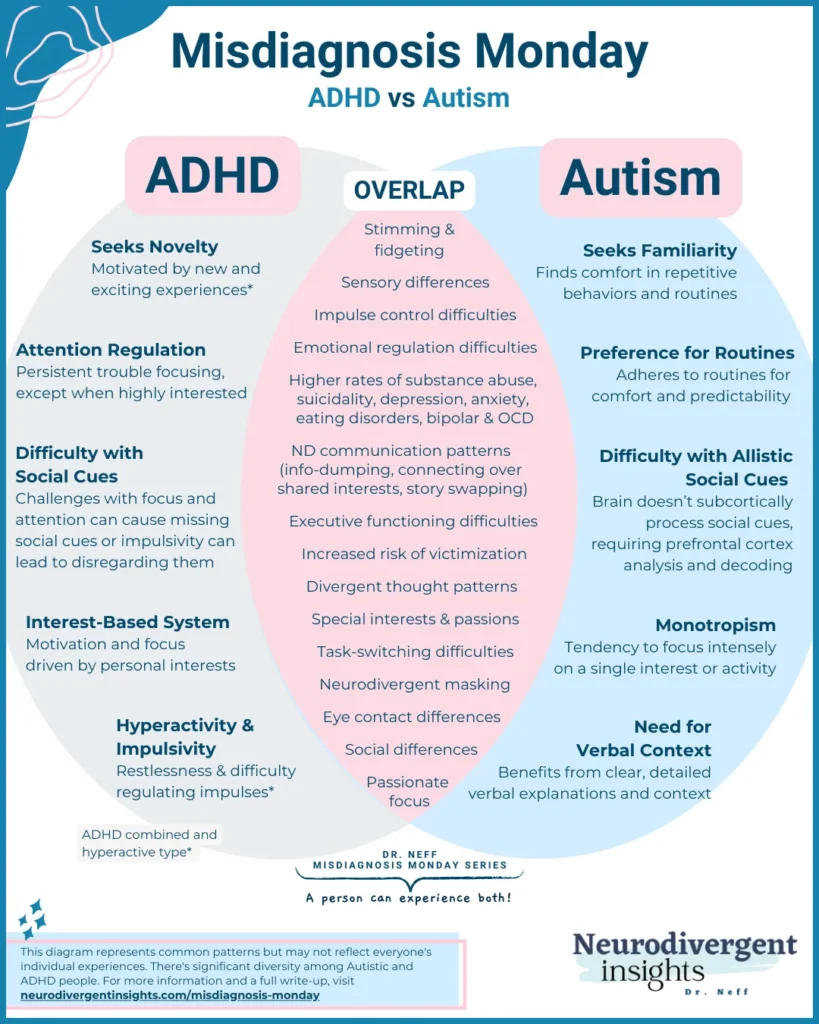Associated with three or more of the following six symptoms (with at least some symptoms present for more days than not for the past 6 months).
Restlessness or feeling keyed up or on edge
Being easily fatigued
Difficulty concentrating or mind going blank
Irritability
Muscle tension
Sleep disturbance (difficulty falling or staying asleep, or restless unsatisfying sleep)
Generalized Anxiety Disorder (GAD)
True or False:
The primary difference between bipolar I and bipolar II disorders are manic vs hypomanic episodes.
True.
Name 1 coping skill that start with the letter Y
You got this!
What is the world’s largest retailer?
A. Dollar Tree
B. Target
C. Walmart
C. Walmart
Choose a member of your team to whistle a tune of their choice for 20 seconds.
Just whistling while we work...
Presence of one (or more) of the following intrusion symptoms
Recurrent, involuntary, and intrusive distressing memories.
Recurrent distressing dreams.
Dissociative reactions (e.g., flashbacks).
Intense or prolonged psychological distress at exposure to internal or external cues.
Marked physiological reactions to internal or external cues.
Posttraumatic Stress Disorder (PTSD)
True or False:
Someone with a diagnosis of autism will tend to seek out familiarity whereas someone with a diagnosis of ADHD will tend to seek out novelty.
True
Name 2 coping skills that start with the letter J
Just Nailing It :)
How many elements are in the periodic table?
A. 100
B. 118
C. 120
B. 118
Tell a story in your group where each person adds a line.
Can be characterized by:
1. Loss of interest or pleasure in almost all activities.
2. Significant (more than 5 percent in a month) unintentional weight loss/gain or decrease/increase in appetite.
3. Sleep disturbance (insomnia or hypersomnia).
4. Psychomotor changes (agitation or retardation).
5. A sense of worthlessness or excessive, inappropriate, or delusional guilt (not merely self-reproach or guilt about being sick).
Major Depressive Disorder (MDD)
Name at least 3 diagnoses that may contain depressed mood as a symptom.
Major Depressive Disorder (MDD)
Bipolar (types I and II)
Persistent Depressive disorder (PDD)
Disruptive Mood Dysregulation Disorder (DMDD)
Seasonal Affective Disorder
Premenstrual dysphoric disorder (PMDD)
Depressive disorder due to another medical condition such as Parkinson's disease, hypothyroidism, heart disease, and cancer.
Name 3 coping skills that start with the letter C
Cool :)
Where would you be if you were standing on the Spanish Steps?
A. Rome
B. Paris
C. Barcelona
A. Rome
Each team makes a paper airplane. If the team who received this challenge can fly their plane the furthest they get the points, if not then you lose the round.
Just a little bit of competition.
A pervasive pattern of instability of interpersonal relationships, self-image, and affects, and marked impulsivity beginning by early adulthood and present in a variety of contexts.
Borderline Personality Disorder (BPD).
What is the primary difference in mood swings that differentiate borderline personality disorder from bipolar disorder?
Mood swings happen more often in BPD compared to bipolar disorder, where mood episodes last longer. BPD mood shifts can happen many times in a day, while bipolar mood episodes usually last for weeks or months. Borderline personality disorder mood swings happen as a reaction to things happening around them.
Name 4 coping skills that start with the letter B.
Brilliant!
What is the only mammal capable of true flight?
Bat
Dance Break!
Everyone on your team take a dance break for 30 seconds to win the points.
Dance is a form of therapy.
A. The development of emotional or behavioral symptoms in response to an identifiable stressor(s) occurring within 3 months of the onset of the stressor(s).
B. These symptoms or behaviors are clinically significant, as evidenced by one or both of the following:
1. Marked distress that is out of proportion to the severity or intensity of the stressor, taking into account the external context and the cultural factors that might influence symptom severity and presentation.
2. Significant impairment in social, occupational, or other important areas of functioning.
C. The stress-related disturbance does not meet the criteria for another mental disorder and is not merely an exacerbation of a preexisting mental disorder.
D. The symptoms do not represent normal bereavement.
E. Once the stressor (or its consequences) has terminated, the symptoms do not persist for more than an additional 6 months.
Adjustment Disorder
What is the difference between C-PTSD and PTSD?
*Hint: It's not just the C.
C-PTSD is characterized by having the core symptoms of PTSD.
That is, all diagnostic requirements for PTSD are met, and also having 3 additional categories of symptoms: difficulties with emotional regulation, an impaired sense of self-worth, and interpersonal problems.
Name 5 coping skills that start with the letter A
Awesome!
Which is the only body part that is fully grown from birth?
Eyes
Model Walk of Confidence!
We want to see your most confident walk, be sure to strike a pose at the end :)
How we present ourselves is how the world sees us. Sometimes though we can feel better by acting better similar to how positive affirmations work.